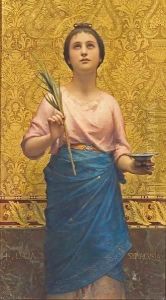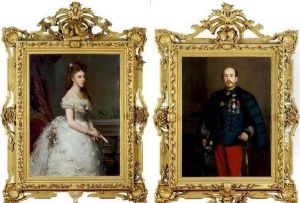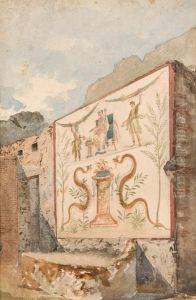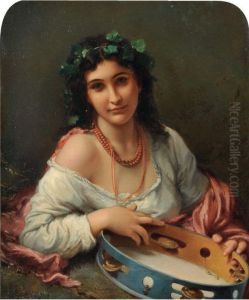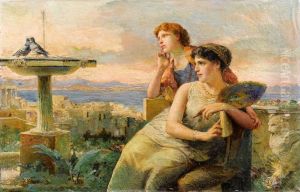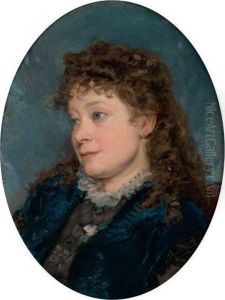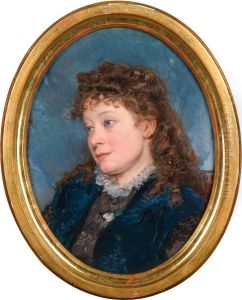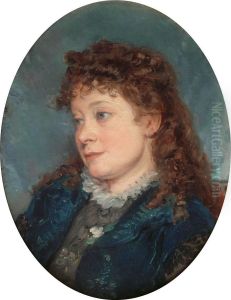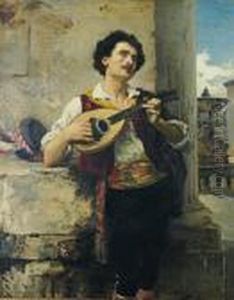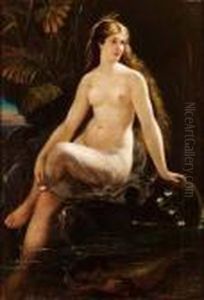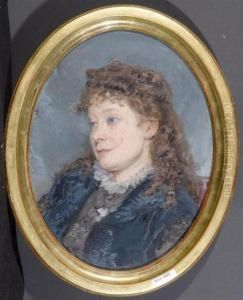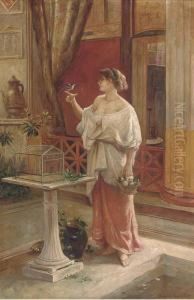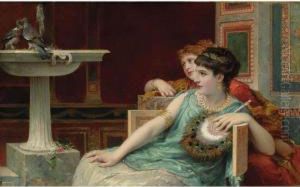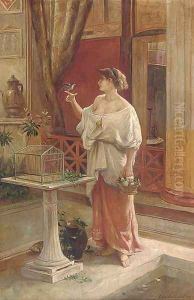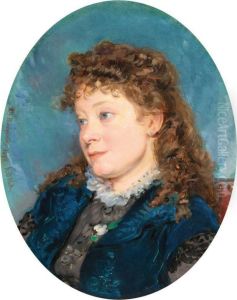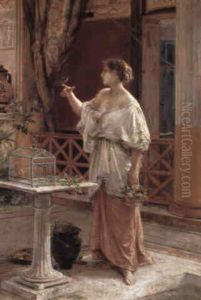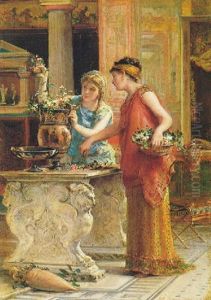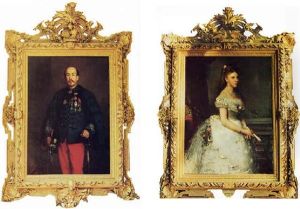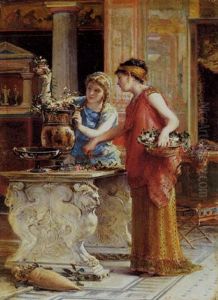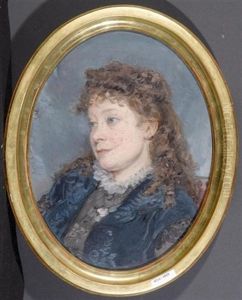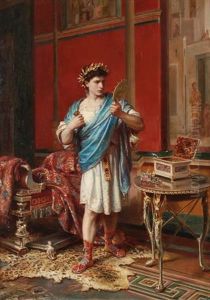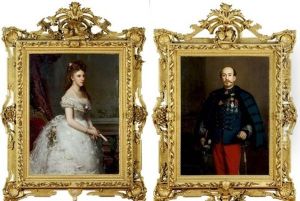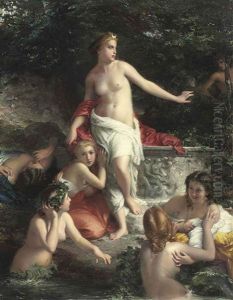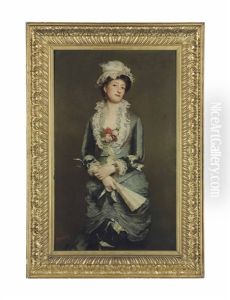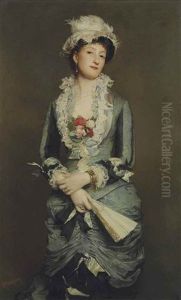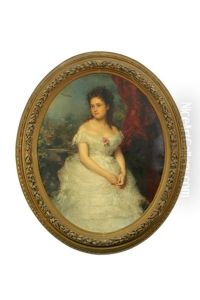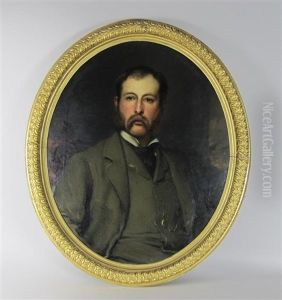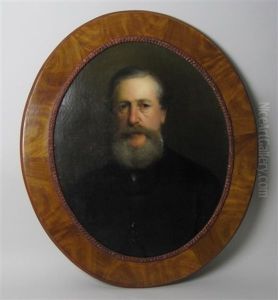Roberto Bompiani Paintings
Roberto Bompiani was an Italian painter, born in Rome in 1821. He was a prolific artist whose career spanned much of the 19th century, a period of significant transformation in the arts. Bompiani was associated with the academic style of painting, which emphasized traditional techniques and subjects. His work often reflected the neoclassical and romantic sensibilities that were prevalent during his time.
Bompiani received his artistic training at the Accademia di San Luca in Rome, where he developed his skills in drawing, painting and sculpture. He was heavily influenced by the art of the Renaissance and the classical antiquity, which is evident in many of his works that often included historical and mythological themes.
Throughout his career, Bompiani exhibited his work widely. He participated in important exhibitions, such as the Paris Salon, where he gained recognition for his talent. His paintings were appreciated for their clarity of form, attention to detail, and the use of light and shadow, which gave his figures a sculptural quality.
In addition to historical and mythological scenes, Bompiani also painted portraits and genre scenes. His ability to capture the likeness and character of his subjects made him a sought-after portraitist. He was also known for his decorative works and frescoes in various public and private buildings in Italy.
Bompiani's legacy is that of an artist who was committed to the academic tradition, at a time when the art world was starting to embrace new styles such as Impressionism and Post-Impressionism. Despite the changing artistic landscape, Bompiani remained true to his classical roots, and his works continued to be celebrated for their technical mastery and beauty.
Roberto Bompiani passed away in 1908, leaving behind a body of work that continues to be studied and admired for its representation of 19th-century academic art. His paintings can be found in various art collections and museums around the world.

